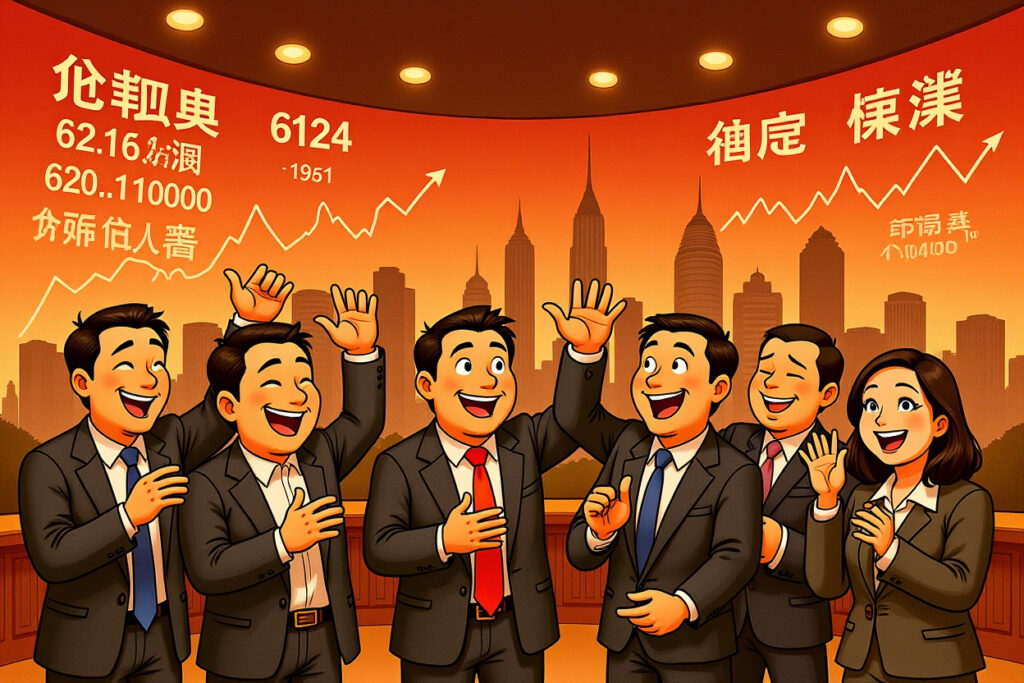Executive Summary
– Decathlon faces significant backlash over controversial “virgin land” marketing language, highlighting cultural sensitivity challenges
– The French sportswear retailer’s average product prices have increased 52% from 2022-2024, alienating its traditional budget-conscious customer base
– Global profits declined 15.5% to €787 million in 2024, reaching a ten-year low as the company struggles with its identity transformation
– Leadership under CEO Barbara Martin Coppola (formerly of Google and IKEA) is pushing an upmarket repositioning that risks losing both existing and potential new customers
– The marketing controversy reflects deeper strategic challenges in Decathlon’s attempt to capture China’s middle-class consumer segment
The Virgin Land Controversy: More Than Just Words
A seemingly innocent marketing phrase has ignited a firestorm of controversy for French sports retailer Decathlon in China. The company’s description of oceans as “a vast, undeveloped virgin land” in product promotional materials triggered immediate backlash across Chinese social media platforms, exposing the delicate balance global brands must maintain in culturally nuanced markets.
Rapid Response and Divided Public Reaction
Following the outcry, Decathlon swiftly removed the controversial imagery and copy from its platforms. The company’s customer service representatives provided measured responses to inquiries from Phoenix Net Finance’s Corporate Research Institute, stating they were “continuously monitoring and following up on the situation” while escalating matters to appropriate personnel.
The public response revealed deep divisions in how such language is perceived. Critics argued that using female body symbolism to describe natural landscapes constitutes objectification and disrespect toward women. Others maintained that “virgin land” (处女地) is a neutral term commonly used to describe pristine, undeveloped areas without negative connotations.
This linguistic debate occurs against a backdrop of increasing consumer activism in China, where shoppers increasingly use purchasing power to express values. The incident triggered waves of complaints to Decathlon and social media calls for boycotts and returns, demonstrating how quickly marketing missteps can translate into commercial consequences.
Broader Implications for Global Brands
The controversy highlights the heightened sensitivity around gender representation in marketing, particularly for international companies operating in China. Where terms like “virgin” might have passed unnoticed a decade ago, today’s socially conscious consumers scrutinize language through multiple cultural lenses.
This incident represents more than an isolated marketing error—it exposes Decathlon’s identity crisis as the company attempts to navigate China’s complex consumer landscape while undergoing significant strategic transformation.
From Budget Favorite to Middle-Class Aspirant
Decathlon’s current challenges contrast sharply with its historical position in the Chinese market. For years, the French retailer represented the ultimate “happy hunting ground” for sports enthusiasts seeking quality equipment at accessible prices. The signature blue warehouse-style stores earned the nickname “平价乐园” (affordable paradise) for their budget-friendly offerings.
The Price Evolution Shock
Long-time customers have watched with dismay as Decathlon’s pricing strategy has shifted dramatically. The classic quick-dry T-shirt that once cost 99 yuan now sells for 149 yuan. Fleece jackets have jumped from 249 yuan to 499 yuan. Even hiking shoes now carry price tags reaching 1,099 yuan—previously unthinkable for the budget-conscious brand.
This pricing transformation hasn’t gone unnoticed. Social media erupted with comments like “I’ve been betrayed!” and “Is Decathlon abandoning its budget customers?” The discussion generated hundreds of millions of views on Chinese platforms, indicating widespread consumer concern about the brand’s new direction.
Cold hard data confirms what customers feel intuitively. According to reports from Sanlian Life Weekly’s electronic factory Pro, Decathlon’s average product selling price increased from 128.81 yuan to 196.32 yuan between 2022 and 2024—a dramatic 52% increase that fundamentally changes the brand’s market positioning.
The Awkward Middle Ground
Decathlon’s pricing strategy has placed the company in an uncomfortable position, perfectly captured by the Chinese phrase: “The poor can’t afford it, the middle class looks down on it.” This summarizes the challenge facing many brands attempting to move upmarket without alienating their existing customer base.
Walk into any Decathlon store today, and you’ll witness this consumer segmentation in action. On one side, plain T-shirts priced at几十元 (several dozen yuan); on the other, full-carbon fiber road bicycles costing 69,999 yuan. This visual dichotomy reflects Decathlon’s internal struggle: reluctant to abandon its mass-market foundation while coveting the higher margins available in premium segments.
The Financial Reality Behind the Transformation
Decathlon’s strategic shift comes amid concerning financial performance that suggests the traditional business model has reached its limits. Between 2021 and 2023, the company’s global revenue growth plummeted from 21.3% to just 1.15%—a dramatic slowdown that demanded strategic response.
Profit Pressures and Strategic Imperatives
The 2024 financial results painted an even bleaker picture. While global revenues showed modest growth, profits declined 15.5% to 787 million euros, marking the lowest point in a decade. This profit squeeze fundamentally challenges the “薄利多销” (small profits, quick returns) model that built Decathlon’s success.
The appointment of Barbara Martin Coppola as CEO in 2022 signaled a new direction. With experience from Google and IKEA, she launched an aggressive brand transformation initiative. The changes included a new logo, emphasis on technical performance, and a push into higher-priced segments—all aimed at shedding the “sports world’s Uniqlo” image and capturing middle-class consumers.
The Middle-Class Conundrum
Strategic Implications and Future OutlookThe marketing controversy represents merely the tip of the iceberg regarding Decathlon’s transformation challenges. It reveals deeper strategic confusion about how to appeal to middle-class consumers after moving away from its平价 (budget-friendly) positioning.
Ownership Changes and Market Perception
Learning to “Pleasure” the Middle ClassNavigating China’s Evolving Consumer LandscapeThe Path Forward: Lessons for Global RetailersInvestment Implications and Market PositioningCompetitive Landscape AnalysisStrategic Options and ConsiderationsConclusion: Balancing Heritage and AspirationDecathlon’s marketing controversy and pricing challenges reveal the difficult balancing act facing many retailers in China’s evolving consumer market. The company’s identity crisis stems from attempting to reach new customers without alienating existing ones, and from raising prices without corresponding increases in perceived value.
The path forward requires thoughtful strategy that acknowledges both the company’s value heritage and its premium aspirations. This might involve clearer segmentation, improved brand storytelling, genuine product innovation, and enhanced cultural sensitivity. Success will depend on Decathlon’s ability to deliver compelling reasons for both existing and target customers to choose its products.
For investors and market watchers, Decathlon’s journey offers valuable lessons about brand transformation, cultural navigation, and the evolving nature of Chinese consumer preferences. The company’s ability to resolve its identity crisis will provide important indicators about the future of retail in China’s complex and rapidly changing market.
Monitor Decathlon’s next moves closely—how the company addresses these challenges will offer insights not just about one retailer’s future, but about broader trends in China’s consumer economy and the opportunities and risks for international brands operating in this dynamic market.




